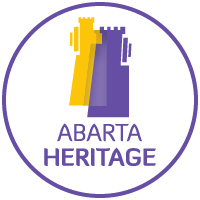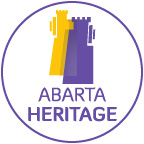Hellfire Club Archaeological Excavation Methods – Archaeological Techniques
The whole excavation was carried out by hand, using spades, mattocks, shovels and trowels.
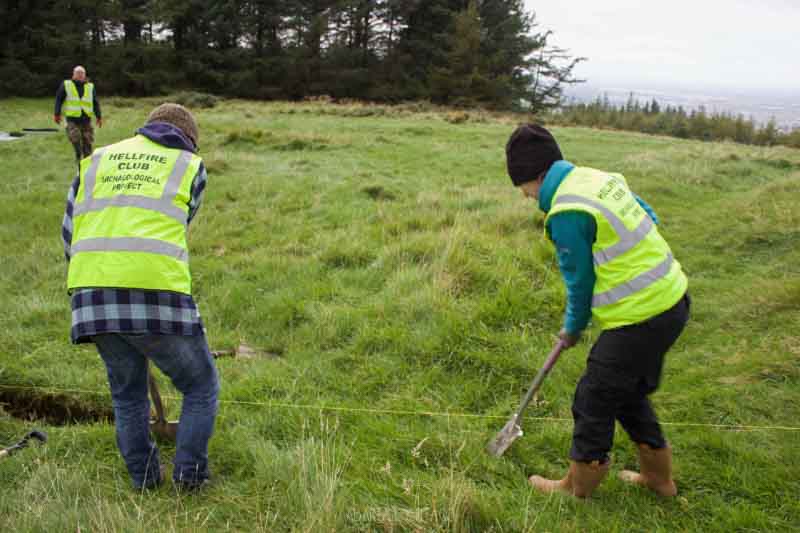
After the trenches were surveyed in, we removed the uppermost layer of sods using spades. The sods were carefully stacked to one side, ready to be replaced after the backfilling had been completed at the end of the dig.
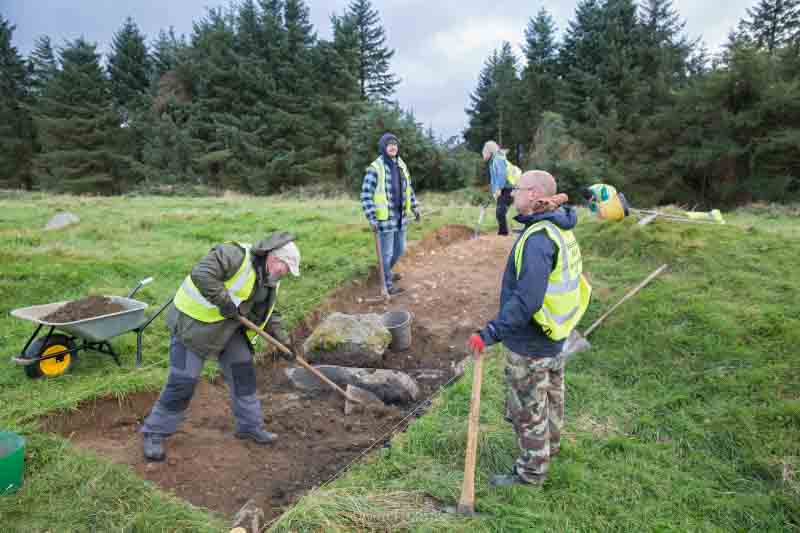
Following the removal of the sod layer, we then used mattocks and shovels to dig the upper topsoil layers. These layers were full of modern detritus like crisp bags, beer cans and plastic bottles.
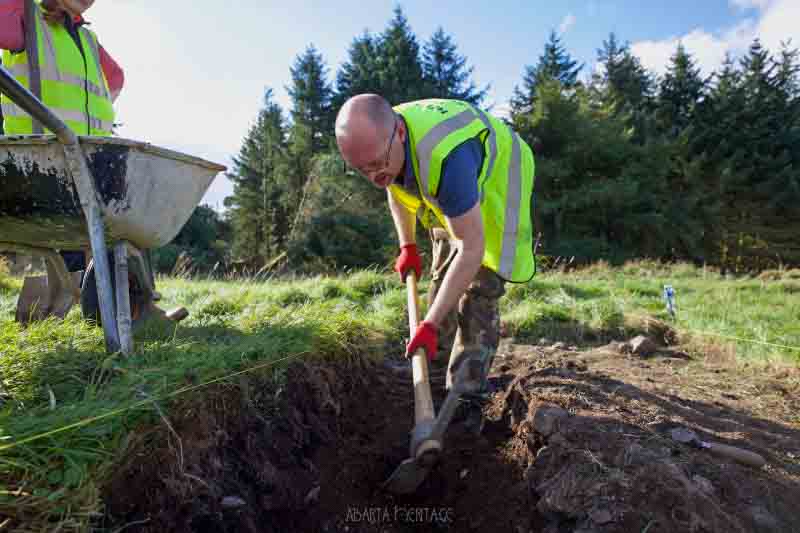
Mattocking is an ancient art in itself, although it largely involves walloping the ground to break up the soil, a good mattocker (and there are few to match Ros) can almost surgically remove an upper layer of soil, at the same time as keeping an eye out for any artefacts or changes of context.
There can be no doubt that the Hellfire Club and Montpelier Hill have been a popular place for picnics and parties for centuries, and many of the objects we found in the uppermost layers certainly indicated that. Crisp bags from the 1970s, a massive amount of beer cans from barbecues and parties (we now have an excellent typology of Dutch Gold cans) and lots of early twentieth century china from cups and mugs, evidence of a perhaps more genteel age of picnicking.
But there were ancient artefacts hidden amongst the modern rubbish. We found fragments of evidence of flint tool manufacture and a wonderful polished stone axehead within ‘modern’ contexts. These artefacts had been disturbed from their original context through the quarrying and destruction of the monument in the eighteenth and nineteenth centuries.
Stephen just found this 5,000 year old polished stone axe. Unbelievably beautiful artefact. We're delighted! #HellfireClub #irisharchaeology pic.twitter.com/V9ECpq8cgM
— Abarta Heritage (@AbartaGuides) October 19, 2016
We've also found a #classic mid70-80s bottle of Cidona #HellfireClub #irisharchaeology 😊 pic.twitter.com/AYLXkJ5rly
— Abarta Heritage (@AbartaGuides) October 4, 2016
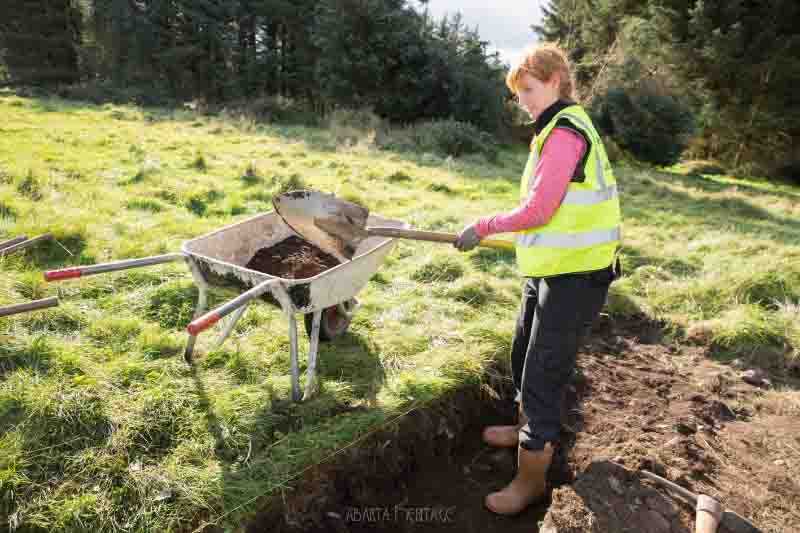
After mattocking, the loose soil then needs to be shovelled out of the trench and wheelbarrowed away. Like the uppermost sods, all the spoil from the dig was kept to one side on a sheet of plastic, to be fully backfilled at the end of the excavation.
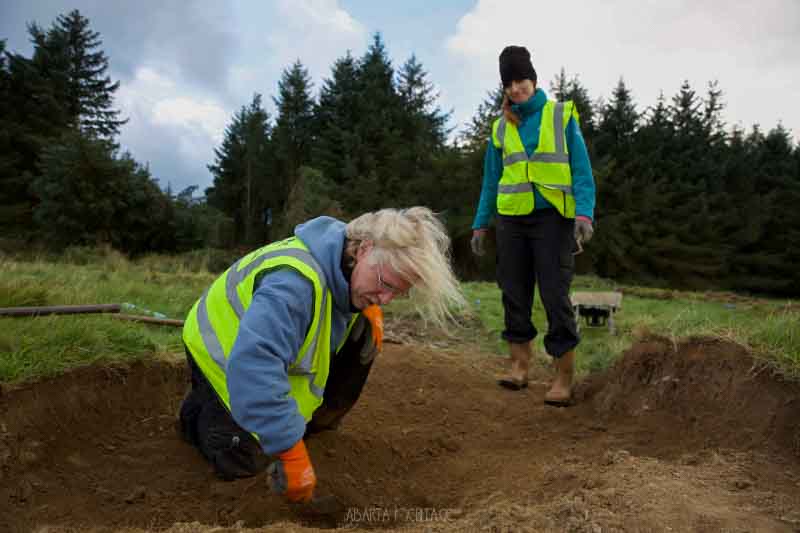
One of the primary archaeological excavation methods is to dig by ‘single context‘. What this essentially means, is to record, sample and remove one layer or type of soil at a time. This is based on stratigraphy. Unless there has been a great deal of disturbance, the uppermost layers of soil should have formed most recently. By removing the upper layers individually it is almost like you are moving backwards in time.
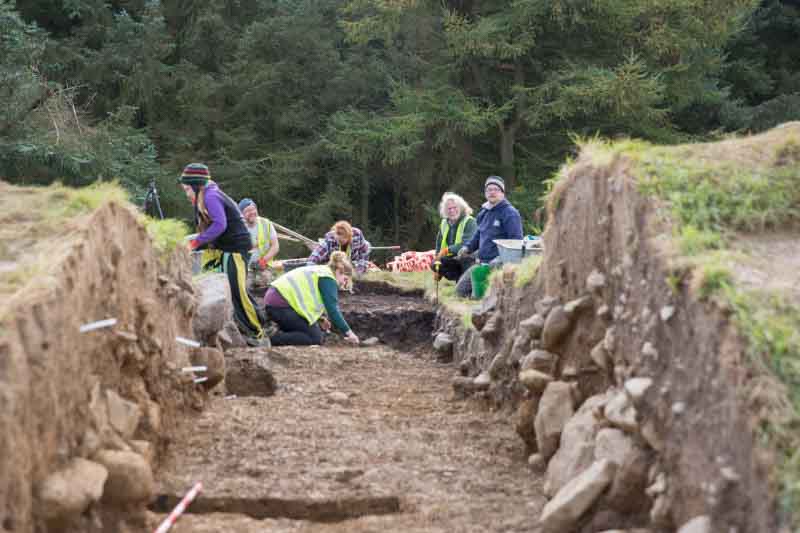
As we came to more archaeologically sensitive contexts, we used trowels to gently remove the layers of soil. This allowed for more detailed work. We also took samples of soil and charcoal.
Please Share This Story, Choose Your Platform!
Please continue to the next page for more information about the archaeological excavation strategy.
